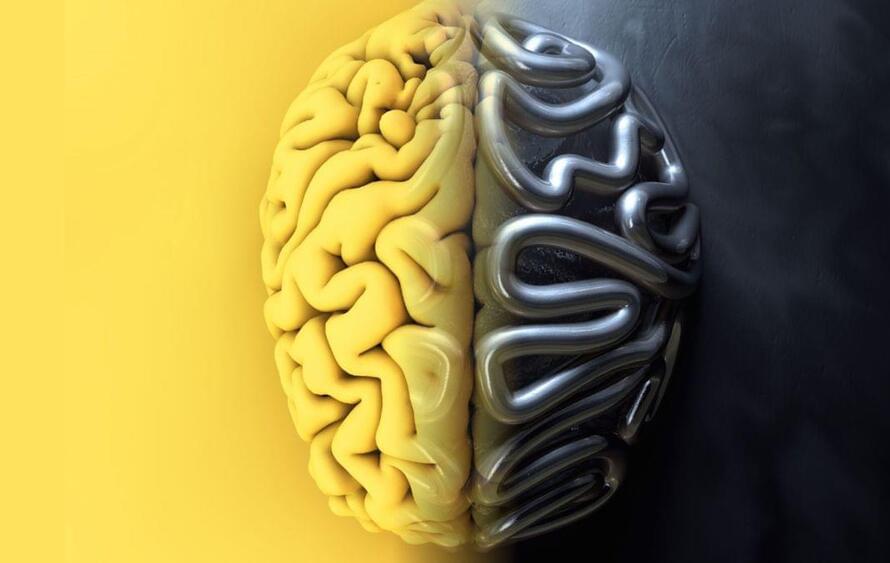It’s also building chips for Microsoft’s AR glasses.
At the 2022 Consumer Electronics Show (CES) currently taking place in Las Vegas, chip maker Qualcomm’s CEO Cristiano Amon announced several key new initiatives.
Amon described Qualcomm’s technology roadmap as including connectivity, and Qualcomm’s Snapdragon premium-tier Android smartphones. Snapdragon is a suite of system-on-a-chip (SoC) semiconductor products whose central processing units (CPUs) utilize the ARM architecture.
Qualcomm’s new initiatives will be in the spaces of: next-generation ARM PCs, the metaverse, wireless fiber, Advanced Driver-Assistance Systems (ADAS), and virtual and augmented reality (VR/AR).
Full Story:



